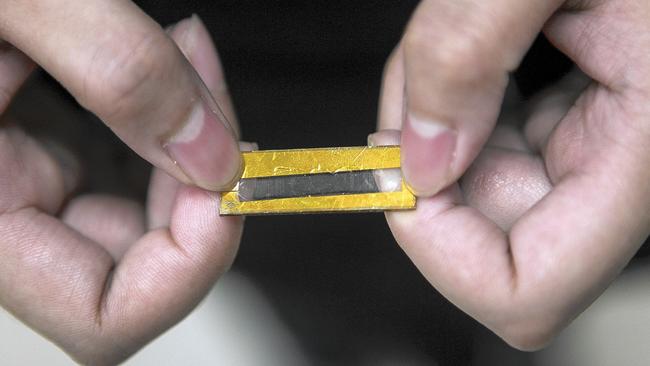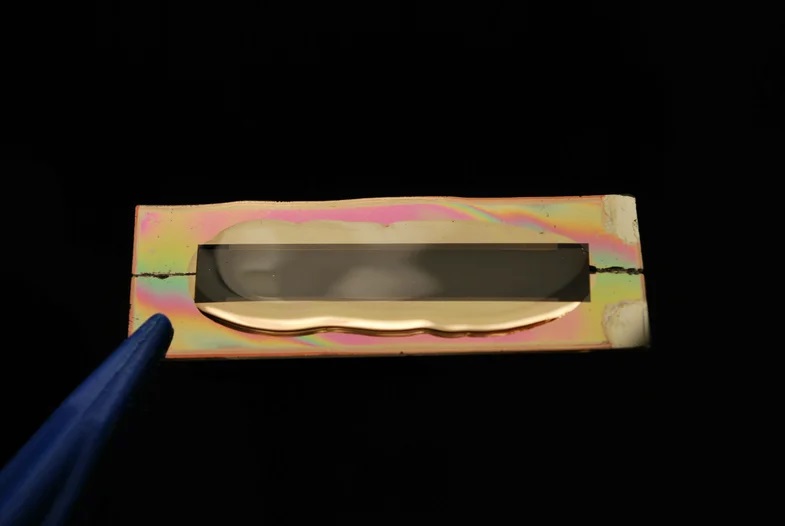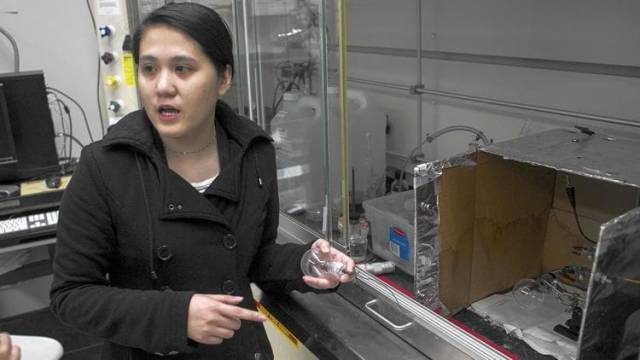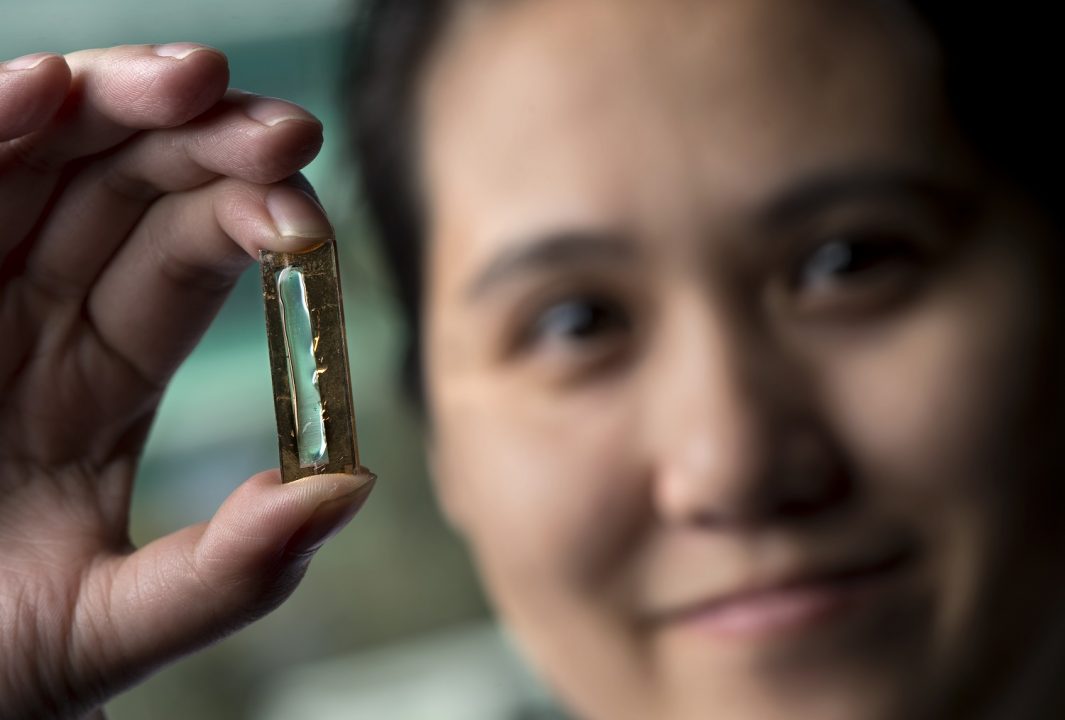There’s an old adage that luck happens when preparation meets opportunity – Some of the world’s greatest innovations have been created by accident, and this could be the latest. While playing around in the lab, a Ph.D. student at the University of California, Irvine, unintentionally discovered a rechargeable battery with a lifespan of up to 400 years.
The Unintentional Rechargeable Battery
Mya Le Thai is a researcher in the lab of chemistry department head Reginald Penner who is working on nanowire technology. These are tiny conductive wires that could be extremely useful in rechargeable batteries. The team had hit a major stumbling block: the wires are extremely brittle. They begin to fray and crack after a certain number of charging cycles and eventually stop working. (1)

Mya decided to replace the liquid electrolyte surrounding the nanowires with a gel electrolyte while working in the lab one day. When she started cycling them, the entire team was taken aback: the batteries had gone through thousands of charging cycles with no signs of wear and tear. (1)
“She started cycling these gel capacitors, and that’s when we found out,” Penner explained. “‘This thing has been cycling 10,000 cycles and it’s still going,’ she said. She returned a few days later, saying, ‘it’s been cycling for 30,000 cycles.’ That went on for a month.” (1)

In comparison, the average laptop battery life is between 300 and 500 cycles. (2) This means that ultra-long-lasting batteries could be developed, resulting in fewer laptops, phones, and lithium-ion batteries piling up in landfills. (1)
“If you can get 100,000 cycles out of a lithium ion battery, you might never have to buy two of them,” Penner says. “We’re talking about a 20-year lifespan, possibly even longer.” (2)
How Does It Work?

The researchers aren’t sure why the gel prevents the nanowires from breaking down faster than other liquids, but they do know how different liquid types work in general. (1)
According to Penner, nanowires are made of magnesium oxide, are 80% porous, and are hundreds of times thinner than human hair. The gel is about the consistency of peanut butter. (1)
The gel slowly seeps into the wire pores as the wires go through cycle after cycle. This softens them and makes them less fragile, allowing them to last longer. (1)
“[The nanowires] start to break after 5,000 cycles with normal liquid,” Penner says. “Then they begin to fall off. None of this occurs in the gel.” (1)
The researchers will continue to test these gel-wrapped nanowire batteries to see how well they hold up over time. If they are successful, they may become a standard component of long-lasting batteries. Though that may be a few years away, Mya’s discovery is certainly exciting. (1)

The Lithium-Ion Battery Problem
Though these batteries have enabled many innovations, such as cellphones and laptop computers, to become what they are today, they are not without risk. (3) Many environmental issues have resulted from lithium mining, including (3):
- Chemical leaks that pollute rivers and kill wildlife
- Contaminating irrigation streams and crops
- Using massive amounts (upwards of 65%) of the regions’ water where mines exist
- Battery fluid leaking into landfills polluting the soil
These are just a few of the issues that will arise if we continue to use lithium-ion batteries at their current rates. (3) Hopefully, all of these new battery-powered energy innovations will change the energy game and lead to a more sustainable future.
Sources
- “Did Scientists Stumble on a Battery that Lasts Forever?” Smithsonian Mag. Emily Matchar. May 2, 2016.
- “A student accidentally created a rechargeable battery that could last 400 years.” Upworthy. Tod Perry.
- “Is the Nobel Prize-winning lithium-ion battery really having a positive impact on the environment?” NS Energy. James Murray. October 14, 2019.






